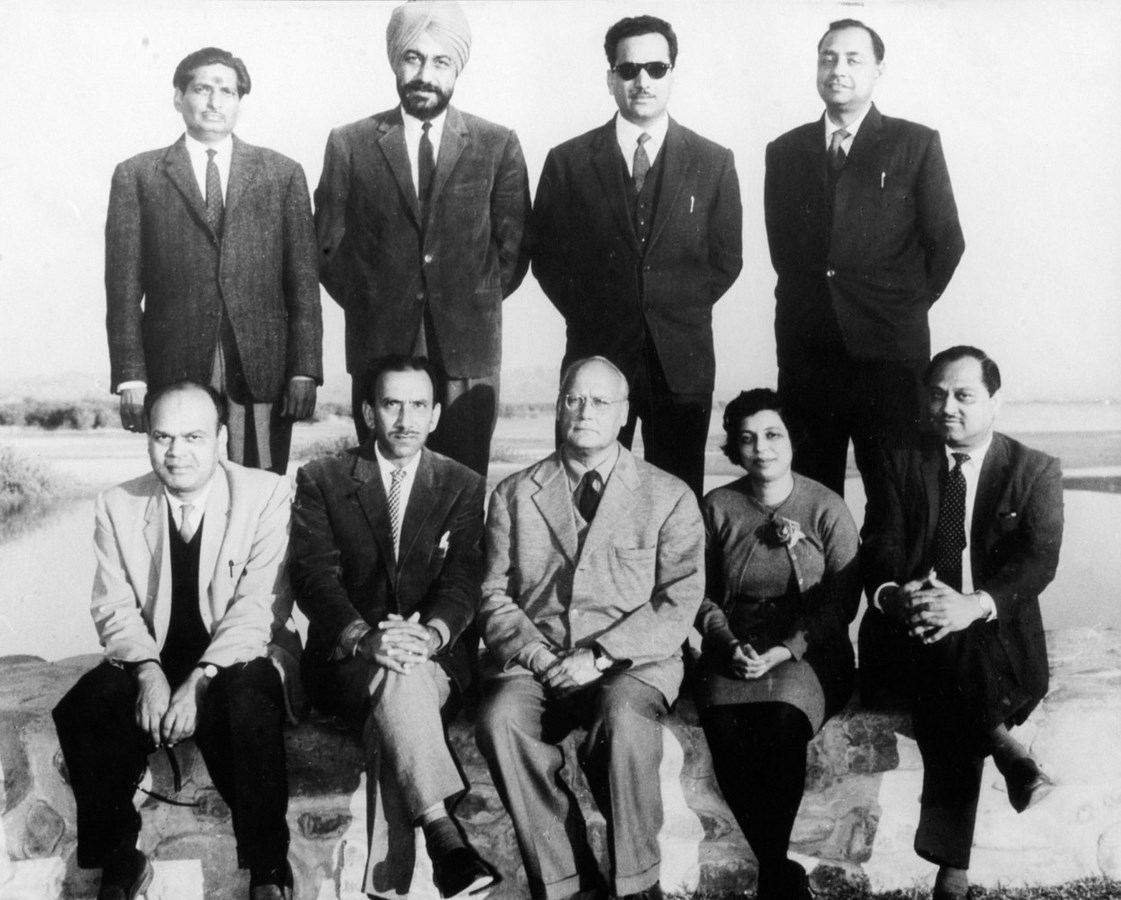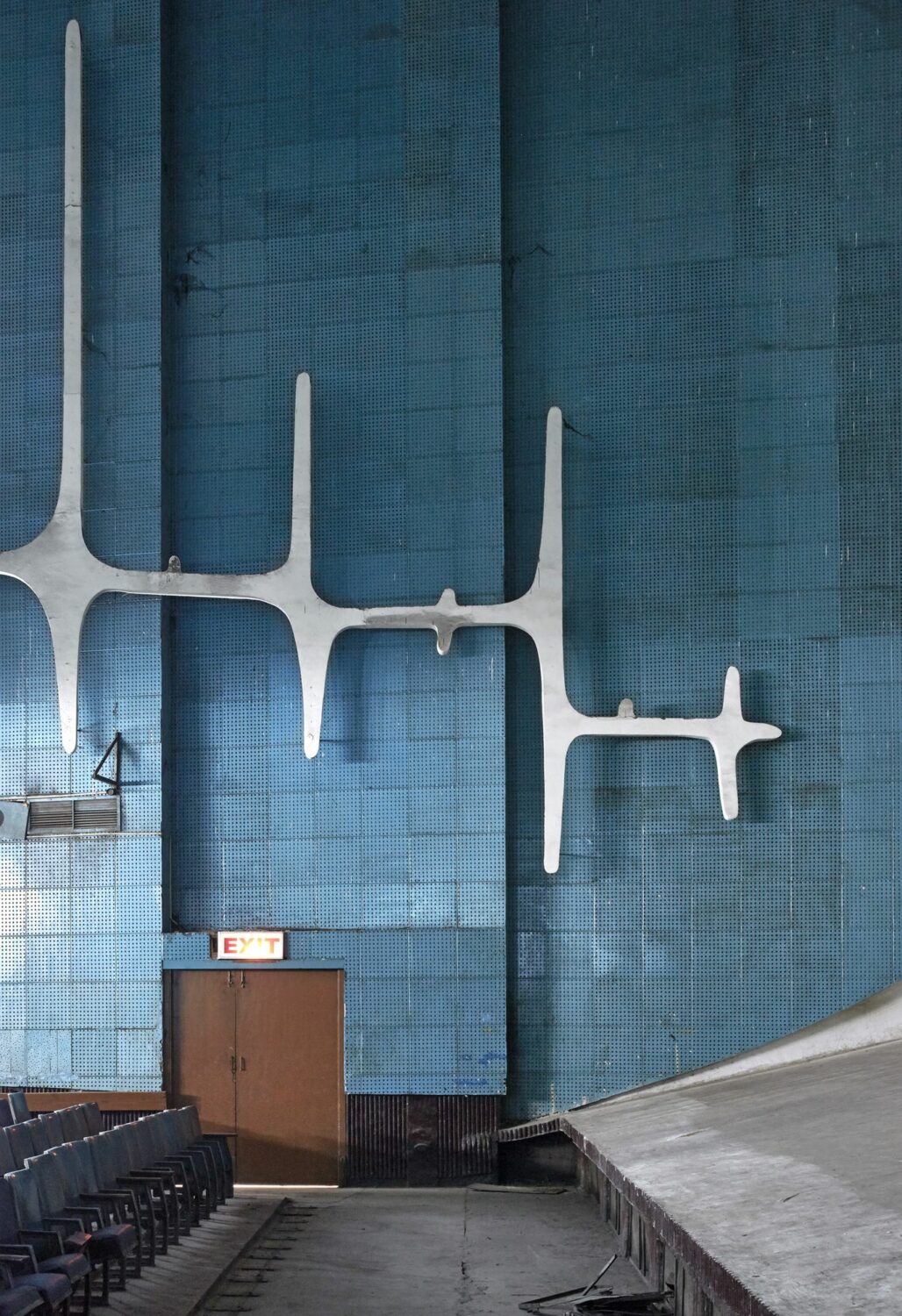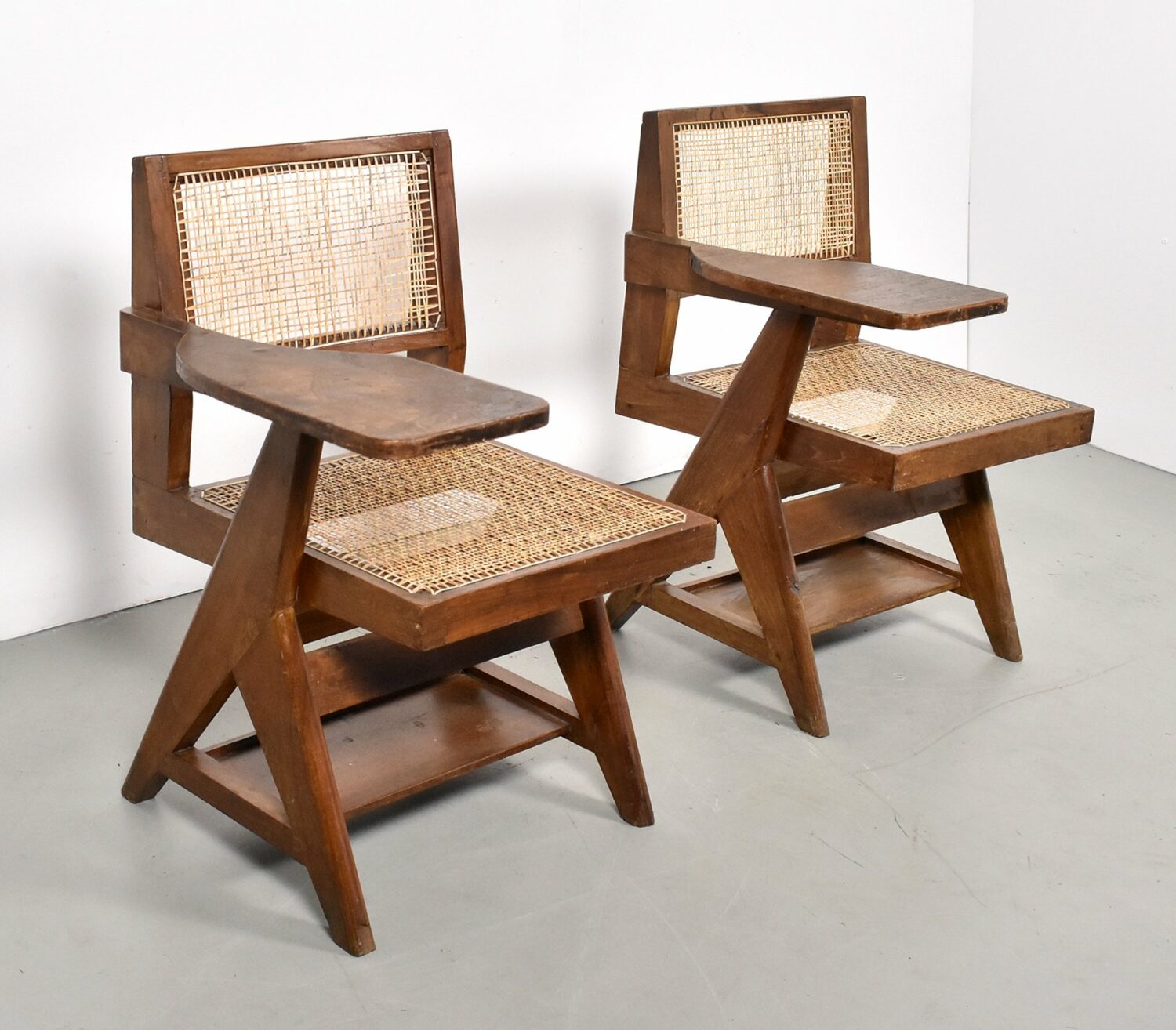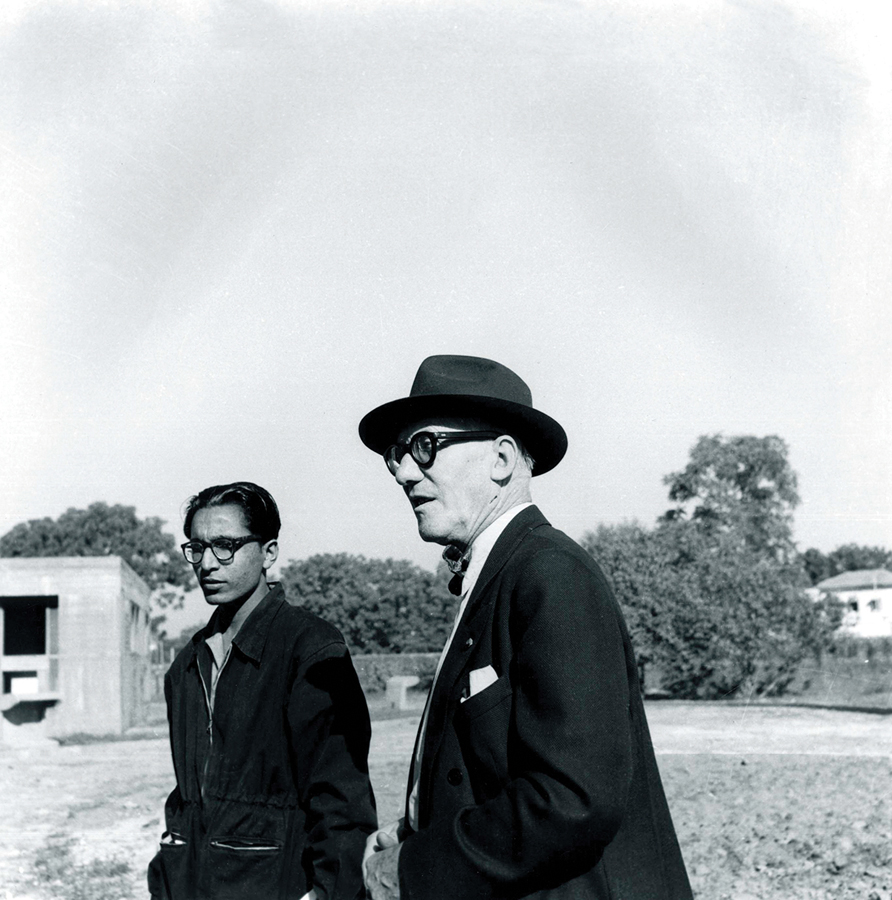The Indian Architects Behind Le Corbusier’s Seminal Work In Chandigarh
By Something CuratedLocated near the foothills of the Sivalik range of the Himalayas in northwest India, Chandigarh is regarded as one of the best experiments in urban planning and modern architecture in the 20th century, and famed French architect Le Corbusier is widely credited with planning and designing it. However, alongside Le Corbusier were other visionaries like Pierre Jeanneret, Maxwell Fry, Jane Drew, and a vital roster of talented Indian architects, from Aditya Prakash and Balkrishna Doshi to the nation’s first trained female architect, Urmila Eulie Chowdhury. With the patronage of Prime Minister Jawaharlal Nehru, the early 1950’s saw the beginning of Le Corbusier’s association with India. PN Thapar, the Chief Administrator of the Chandigarh project and PL Varma, the Chief Engineer of Punjab were sent to Europe to select a team to design a new capital for the state of Punjab. They had with them a list of prospective candidates, compiled with the help of Otto Koenigsberger, a London-based urban planner.

Through the design of Chandigarh, Le Corbusier’s role in India was to fundamentally shift the image and status of architects as well as architecture as a profession. Upon securing the commission, Le Corbusier recorded in his diary: “It is the hour that I have been waiting for – India, that human and profound civilization – to construct a capital. Urbanism is the activity of society. Capital is the spirit of a nation.” After the drawing up of the contract, Le Corbusier was appointed as Architectural Adviser for the Chandigarh project. He visited India for the first time on 18 February 1951, and, along with his dynamic team, prepared the master plan of the new city of Chandigarh. Corbusier’s focus was the Capitol Complex, comprising the Legislative Assembly, Secretariat and High Court. Impressive structures, the trio of government buildings were made from concrete moulded into gridded and scalloped formations, adorned with vibrant paintwork.

But it was the commercial district that grew to be the cultural and social nucleus of Chandigarh, comprising three movie theatres, alongside other convivial buildings. A standout among these spaces, built in the early 1950s, the Neelam Theatre designed by Aditya Prakash was located in Sector 17 of the modernist city. Prakash began studying architecture at the Delhi Polytechnic in 1945. In the middle of his course, India’s independence required the English faculty leading the Polytechnic to return to England. At their suggestion, Prakash also moved to London in August 1947 and began to attend evening classes in architecture at the London Polytechnic, now the Bartlett. In 1952, Prakash was assigned to work with Le Corbusier on the design of Chandigarh’s School of Art and when the time came for three cinemas to be designed in the city, he was a natural choice. Conducted under the supervision of Pierre Jeanneret, the project transformed Prakash’s design approach prompting him to rethink architecture and urbanism as a “system.”

Urmila Eulie Chowdhury, known by Eulie, was India’s first qualified female architect, and she worked closely with Le Corbusier through two stints as a senior architect, planning the design and construction of Chandigarh and taking care of his correspondence with Prime Minister Jawaharlal Nehru. Eulie also designed the main block of the Polytechnic for Women, the Hostel Block for the Home Science College, St John’s School, residential complexes for ministers, multi-storied government housing complexes, government schools and city centres of Amritsar and Mohali. Somewhat of an unsung yet pivotal figure in Chandigarh’s history, from 1971-76, as Chief Architect for Chandigarh, Eulie took over responsibility for planning the second phase of its expansion, besides designing the new townships associated with it. As well as designing various educational spaces and residences alongside Jeanneret, she was also instrumental in developing wooden furniture for institutional buildings across the city.

Another Indian architect involved in Chandigarh’s development was Balkrishna Doshi who worked with Le Corbusier on his designs for the city, going onto be instrumental in defining the architecture of post-independence India. His designs united modernist principles with a deep appreciation for local customs. Born in Pune, India, in 1927, to a family of furniture manufacturers, Doshi studied architecture in Mumbai before relocating to Paris in 1951 to work for Le Corbusier. He came back to India in 1954 to work on Le Corbusier’s plans for the new city of Chandigarh. Doshi’s nuanced approach carved an access point to the sometimes unapproachable forms of modernism, humanising the built environment. He was interested in the condensed street patterns of traditional Indian settlements, and wrote of the need for architecture to “reflect social lifestyles and spiritual convictions,” referring to the “constant elements of Indian architecture: the village square, the bazaar, the courtyard.”
Feature image: Neelam Theatre, Chandigarh designed by Aditya Prakash, 1952. Photo: Pinterest